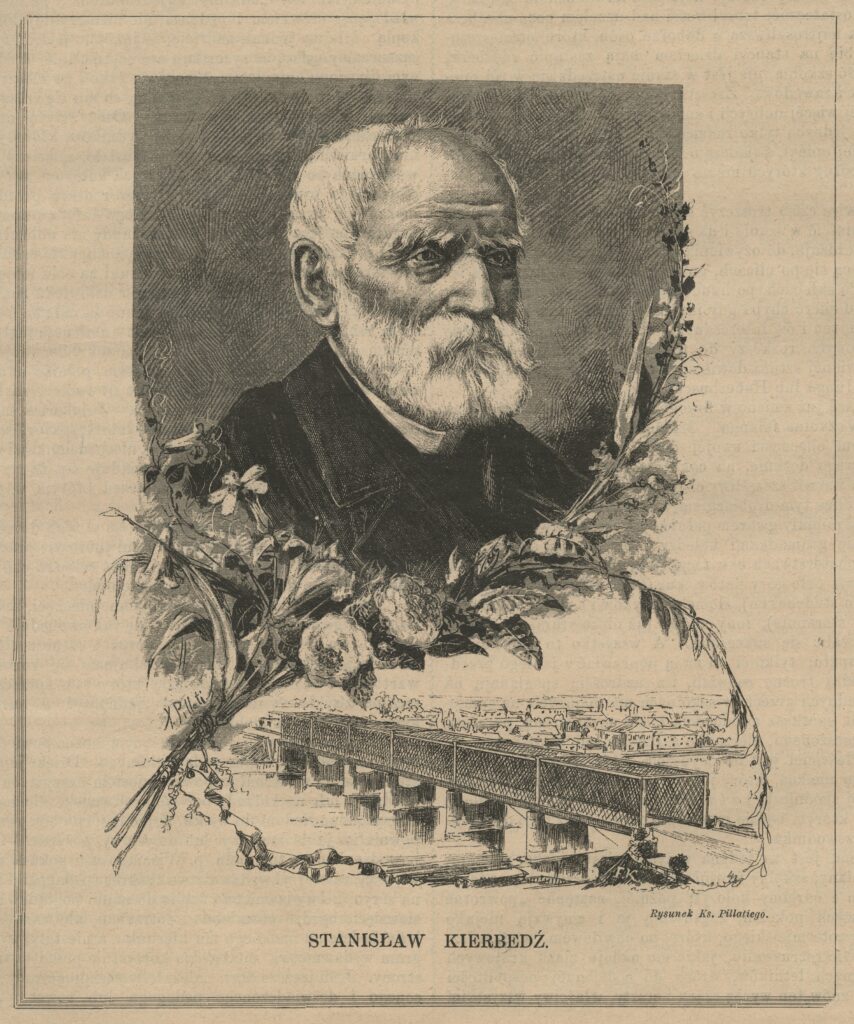Sergiusz Leończyk
One of the most important successes of the Russian Empire at the turn of the 19th and 20th centuries was, undoubtedly, the construction of the great Trans-Siberian Railway. Currently, it is the longest railway line in the world: it crosses 8 time zones, and the total length of tracks is 9,288.8 km. The construction of the Trans-Siberian Railway contributed to the development of trade between China, Russia and Europe, and also to the economic development of Siberia and the Urals.
Read the text in Polish here: Link












